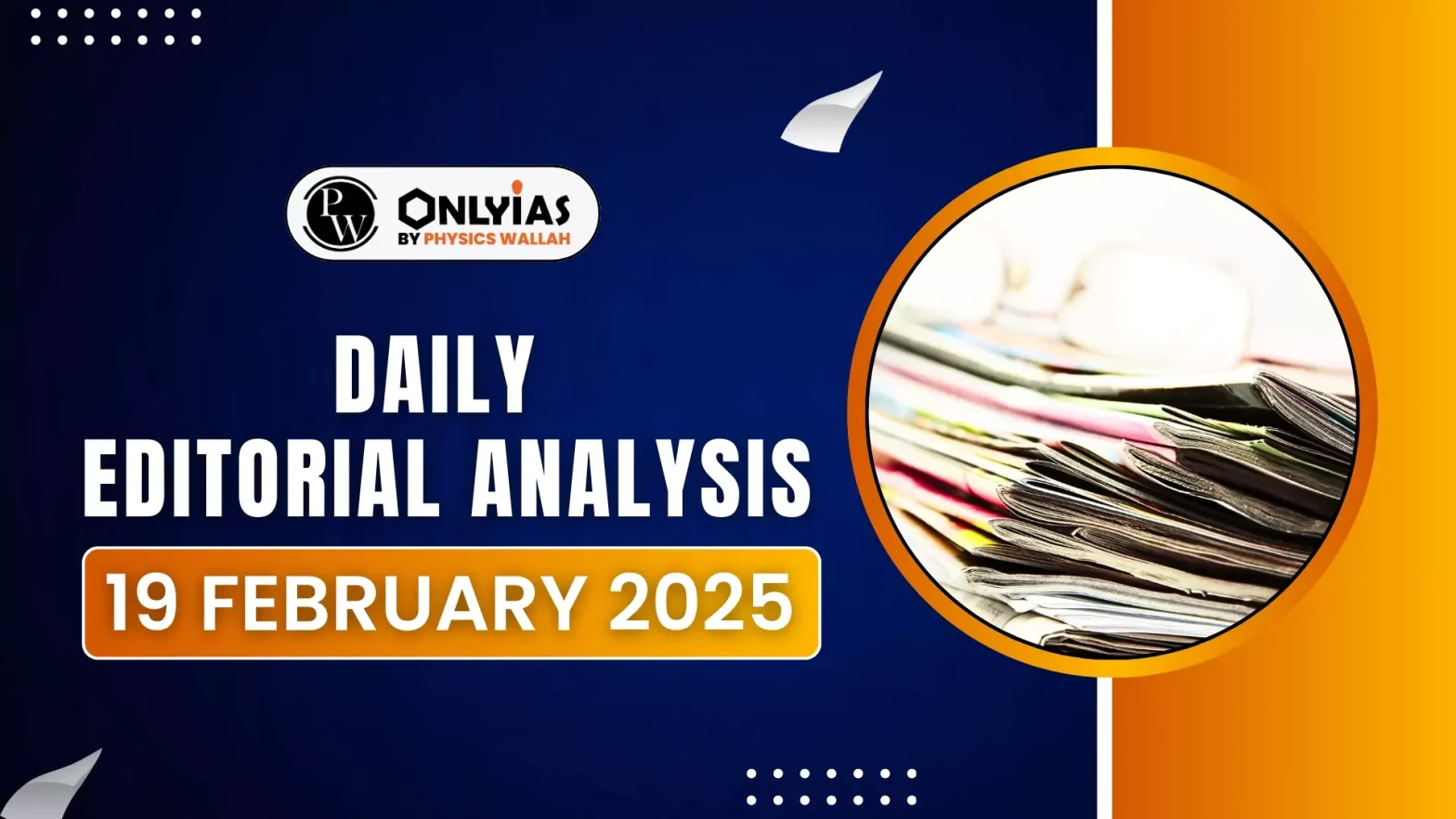Recently a 4.0-magnitude earthquake struck Delhi-NCR with its epicenter at Dhaula Kuan, causing strong tremors.
Understanding Fault Lines
- About: The term “fault lines” is often used casually, like “glaciers” or “deserts,” without recognizing its volatile nature. Fault lines represent an unstable geological reality, akin to a dormant but dangerous force.
- Location and Structure: Fault lines exist between the Earth’s 15 major tectonic plates. These plates support the planet’s outer shell, but their interactions create immense pressure beneath the surface.
- Dormancy: These lines can slumber for decades, even centuries, quietly, one may say so ‘sweetly’, that their very existence can be forgotten by all except seismologists.
- Awakening: When pressure builds up and is released, earthquakes occur, causing massive destruction. The severity and duration of an earthquake depend on the intensity of the fault line’s shift.
Threat of Himalayan Earthquakes
- Formation of the Himalayas The Indian Plate pushing against the Eurasian Plate led to the formation of the Himalayas. This continuous collision generates immense geological stress.
- Extent: The fault line runs along the Great Himalayan Arc, covering:
- Kashmir to the North East of India
- Pakistan, Nepal, Bhutan, and the Tibetan Autonomous Region of China
- Seismic Vulnerability: These regions are at high risk due to built-up tectonic pressure.
- Hidden Danger: The Himalayas symbolize snow, pure air, scenic beauty, and leisure. Beneath the breathtaking landscape lies a volatile seismic zone prone to devastation.
- Seismologists’ Caution: Experts warn that the Indian and Eurasian Plates have been dormant for too long. The tension within these plates is nearing a breaking point, making a major earthquake likely.
- Recent Earthquake: Shigatse Earthquake (January 7, 2025)
- Magnitude: Mw 7.1
- Location: Shigatse, Tibet Autonomous Region, Southwestern China
- Casualties: Between 126 and 400 deaths, with 338 injured.
- Impact: The earthquake’s tremors were felt in Nepal and Northern India. Earthquakes disregard political borders, affecting entire regions indiscriminately.
Earthquake Preparedness in India
- Severe Damage Potential: Had the Shigatse earthquake’s epicenter been closer to India, the destruction could have been exponentially higher.
- Himalayan Vulnerability: Earthquakes in this region evoke a heightened sense of dread due to the region’s dense population and fragile terrain.
- Lack of Preparedness: Despite recurring quakes, has India truly prioritized earthquake preparedness with urgency? There is a pressing need for national alertness, strong policies, and disaster mitigation strategies.
- Scientific Limitations: Predicting the exact time and location of an earthquake remains beyond current scientific capabilities.
- Focus on Damage Control: The only viable approach is to strengthen infrastructure and community resilience against potential devastation.
- Limitations of Compliance: Recent earthquakes in Delhi (February 17) and Bihar (Siwan) highlight that adherence alone is insufficient—additional measures are required.
Way Forward
- Landslides & Glacial Outbursts: Infrastructure projects in the Himalayas must consider natural vulnerabilities like landslides and glacial lake bursts.
- Earthquake-Resilient Planning: Every project, from power plants to dams, must integrate seismic risk assessments.
- Essential for Safety: Strict compliance with building codes is crucial, not only in the Himalayas but across the Indo-Gangetic plains.
- Need for Concrete Action: Beyond public advisories, real protective measures must come from government initiatives, including:
- Strengthening early warning systems
- Investing in disaster preparedness
- Enhancing community awareness programs
- Restricting Risky Engineering Projects: Halt and roll back engineering enterprises that destabilize rocky terrains in India’s seismic risk zones (II, III, IV).
- Strengthening Seismic Zonation Maps: Upgrade seismic maps from basic assessments to detailed risk-based planning.
- Implement evacuations, demolitions, and rebuilding for highly vulnerable structures.
- Assess high-risk secondary structures, including hydel projects and atomic reactors (e.g., Narora in Uttar Pradesh, Zone IV).
- Insurance Scheme: Introduce an earthquake insurance policy with affordable premiums to protect homeowners and businesses.
- Rescue and Rehabilitation: Conduct zone-wise assessments of the financial and logistical costs of rescue, shelter, and rehabilitation for displaced populations.
- International Collaboration: Partner with global experts in earthquake anticipation, leveraging sensor technology and resilient architecture. Allocate funds for hiring seismic consultants and adopting best practices from earthquake-prone nations.
Conclusion
India is ahead of the next big seismic event—giving room for proactive planning instead of reactive crisis management. The Ministry of Earth Sciences and Disaster Management Authority must be fully mobilized to lead seismic resistance efforts.
![]() 19 Feb 2025
19 Feb 2025

